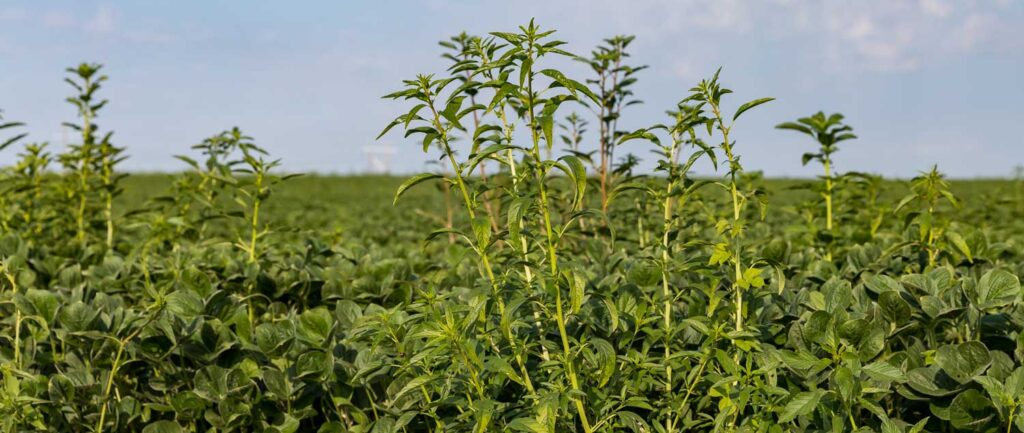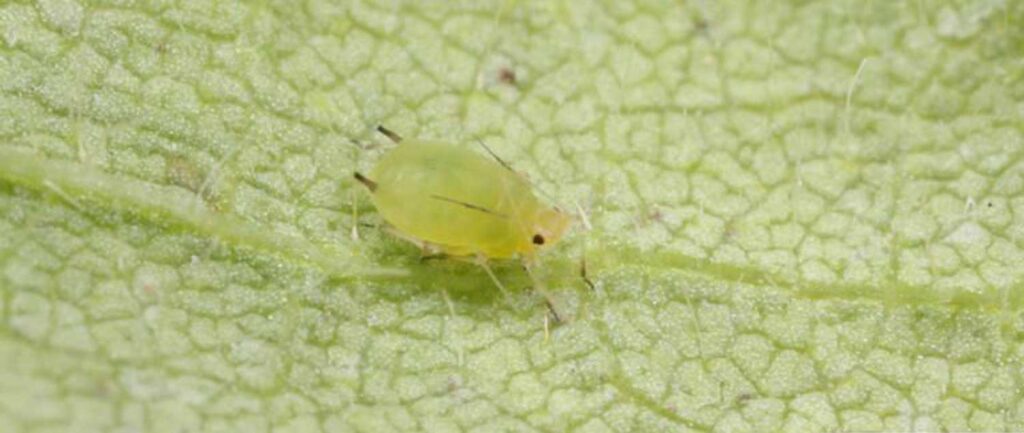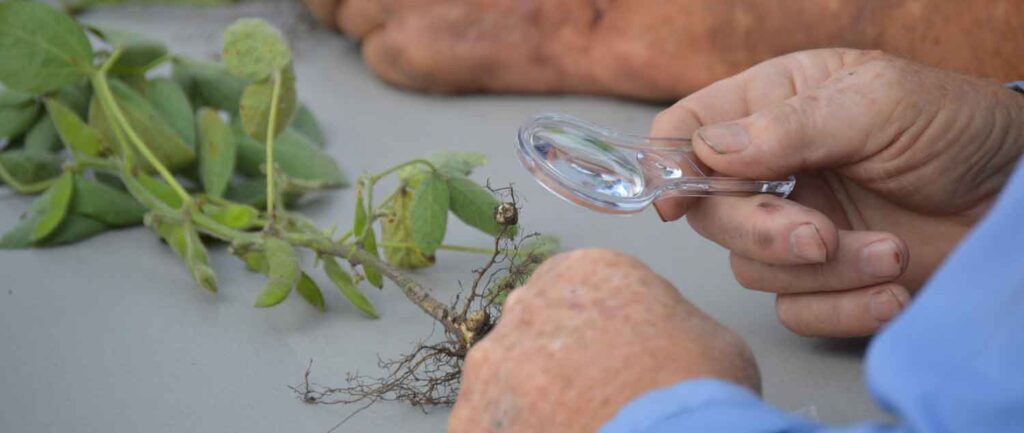Soybean aphids are the primary insect problem for soybean farmers.
However, they are not the only game in town. As planting season is upon us, a review of common early insects is in order. Early insects have one common issue; rescue treatments are of limited efficacy.
According to the University of Minnesota’s pest website, three root/below ground feeding insects may be an issue with your beans. All three are associated with sites that were previously planted in grassy crops, pasture, high rates of manure, conservation plantings, etc.
Awareness may be critical in your response to these pests. Since there are no rescue treatments for these three pests, an ounce of prevention is worth way more than a pound of cure.
Seed corn maggot: The seed corn maggot pupae overwinters in the soil. The adults emerge, mate, and then females lay eggs in the cracks of the upper soil levels. The females are especially attracted to freshly cultivated sites with high levels of applied manure and/or cover crop. The eggs hatch in a few days releasing small (less than 1/4 inch), white colored, brown headed, tapered maggots to feed on soybean seeds. The maggot usually feeds for 2 to 3 weeks before changing into the brown pupal, buried deep in the soil 2-3 inches deep. Adults emerge from the pupal case in 1-2 weeks, mate and begin a new cycle. The entire life cycle may require no more than 21 days, resulting in multiple generations per year. The most common symptom is poor stands.
Fields can be scouted by digging into areas of failed emergence. Examine ungerminated seed for damage and maggot presence. I recommend sampling about two feet of row, in five field areas. Critical data to record are number of plants emerged, ungerminated good seed and hollowed out/damaged seed. There is no rescue treatment for seed corn maggot; however, the knowledge will be useful with future management of the field.
White grubs: As a kid in east Texas, I used these as fishing bait. Back there and then, I would find them at the edge of the barnyard, where the barn light spilt over at night. This was where the June bugs/beetles crashed into the barn wall, and laid eggs in the grassed over soil. In Minnesota, these grubs are the immature form of multiple scarab beetles (May/June beetles, masked chafer, and Japanese beetle). Typically, when found, they are 1/4 inch to 1 inch long, C-shaped, white bodied, brown headed, six prominent legged little beasties.
As occasional pests of soybean seedlings, white grub injury is usually found in soybean fields, which were previously covered in a grass sod or some other cover crop, in set-aside or in soybean the previous season. Grubs from May/June beetles and the masked chafer are usually found in grasses. White grubs from Japanese beetle tend to be considerably less discriminatory and will lay their eggs in grasses, soybean and corn. When field scouting for grubs by digging into areas of failed emergence. Examine ungerminated seed for damage and maggot presence.
I recommend sampling about 2 feet of row, in five field areas. Critical data to record are number of plants emerged, ungerminated good seed and hollowed out/damaged seed. Like seed corn maggots, there is no rescue treatment. But the knowledge will be useful with future management of the field.
Wireworm: Wireworms are wire-like, slender, hard-bodied, click beetle larvae. When present in significant number, they can damage young soybean plants. Wireworms, brown in color, range from 1/2 to 1 1/2 inches in length.
There are several wireworm species. Lifecycles may last from 4 to 7 years, thus larvae may damage crops over several successive growing seasons. These larvae are usually found in areas that were previously planted to grasses (pasture, turf, small grains). The damage is most often found in the wet areas of the field, especially if soybeans are planted early and germination/emergence is slow. Damage is usually most evident during early stages of soybean growth.
If wilted plants, row gaps and other crop signs are evident during early field visits, sample the field immediately. In the area(s) where such damage is found, again, I recommend sampling about two feet of row, in five field areas (sounds a bit familiar). Carefully sort through the sample for live wireworms. I would also look for small, cleanly bored holes at the base of the plants to spot wireworm feeding damage.
The optimal planting window is upon us. As you prepare your fields, keep your eyes open for those areas with the susceptible conditions.
It may save you some time when you start scouting.
David Kee is the director of research at Minnesota Soybean. He can be reached at david@mnsoybean.com or 507-388-1635.







